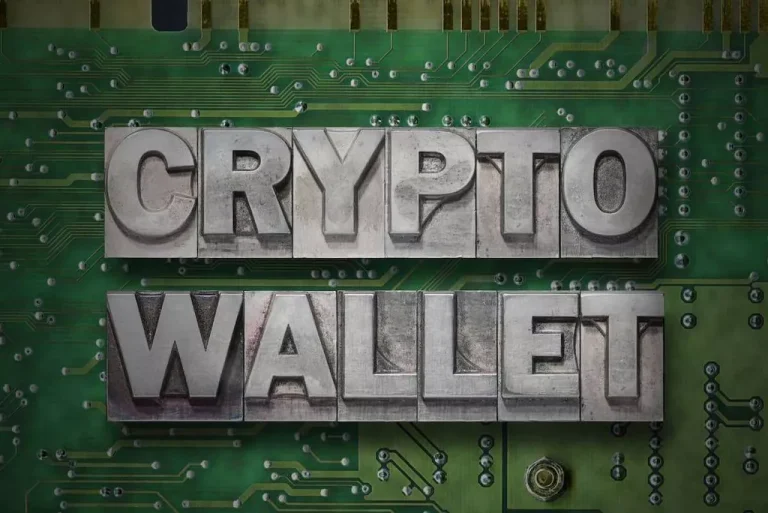Content
As with other cross-border payment methods, fintech businesses are helping businesses explore the opportunities. Fintechs can offer expertise and focus, making blockchain adoption easier and less risky. As businesses expand to new markets and consumers move around the world, the market for cross-border payments keeps growing and is predicted to reach $290 trillion by 2030. The new rules mandate crypto-asset service providers to adhere to stringent requirements to safeguard consumer wallets, holding them liable for any loss of investors’ crypto-assets. Consequently, the income for Yield Farming tax purposes is based on the Canadian dollar value of the purchased goods or services, not the virtual currency value.
How do I convert cryptocurrency received in cross-border payments into my local currency?

Additionally, startups can leverage smart contracts and self-executing agreements with predefined rules to automate payment workflows, saving time and how to use blockchain payments resources. One study found that blockchain-enabled cross-border payments could save businesses $10 billion by 2030. If you’re converting in and out of fiat currencies, also known as ‘on- and off-ramping’, there are additional costs involved, but businesses can still achieve significant savings, depending on the provider and currencies involved. Today, incumbent banks and financial institutions are as likely as fintech disruptors to be developing blockchain-enabled payment solutions and exploring digital assets.
- Traditionally, the transaction was done by a correspondent banking network (CBN).
- In the past, payments had to go through multiple banks and intermediaries, which caused delays and extra fees.
- Most of them are less than fully efficient in terms of the time and energy that it takes to make international payments work.
- Blockchains and cryptocurrencies have emerged as a viable alternative to traditional cross-border payment and settlement methods.
- These developments position bitcoin for broader use in day-to-day commerce, particularly in enabling payments that are global, final and free from geographical restrictions.
How Blockchain is Changing Cross-Border Payments
As the number of blockchain networks and platforms continues to grow, interoperability solutions will become increasingly important. Projects like Polkadot and Cosmos aim to bridge different blockchains, enabling seamless cross-border transactions between various networks. Many central banks https://www.xcritical.com/ are exploring the development of CBDCs, which are digital representations of their respective national currencies. These digital currencies are expected to become a cornerstone of cross-border payments, offering efficiency and transparency while maintaining regulatory control. These solutions offer consumers and businesses a seamless way to buy and sell products and services across borders without the hassle of traditional payment methods. Blockchain-based payment gateways and cryptocurrencies like Bitcoin are being adopted by online retailers to facilitate international transactions.
Code, Data and Media Associated with this Article
Iconic brands and retailers have added cryptocurrencies to their accepted payment methods over the decade – from Starbucks, Tesla, Nordstrom and Whole Foods to Gucci, Balenciaga and Tag Heuer. They find that up to 40% of customers that pay with a cryptocurrency are new to them; and that their purchases are twice as valuable as credit card transactions. DeFi platforms leverage blockchain to offer decentralized financial services, including lending, borrowing, and trading, so users can participate in financial activities without relying on traditional banks. Unlike legacy institutions, DeFi entities such as Maker (developers of DeFi app Oasis) accept cryptocurrency security on the platform, with straightforward systems to establish creditworthiness.
How to add blockchain to your cross-border payments strategy
Blockchain payments provide a popular, secure and transparent method for online purchases, reducing the risk of fraud and providing customers with increased trust and confidence in the payment process. Today, most ecommerce is consumer facing, but it is also growing as a B2B sales channel. Ecommerce will become the largest B2B cross-border segment by 2030, worth $22 trillion.
By the end, you’ll have a deeper understanding of bitcoin’s role in the financial world and its future potential. Blockchain technology for global payments can be a complicated factor to understand. In April, the company acquired Beijing-based platform Remitsy making it the first acquisition by a U.S. company of a Chinese blockchain business in the corporate payments space.
With more people moving abroad, especially to the Western world, there’s a growing need to send and receive money back home. Another key trend shaping the cross border payments ecosystem in Africa is the rise of mobile money platforms like M-Pesa and Momo, which are helping unbanked populations send and receive payments across borders. Younger generations, more comfortable with digital technologies and skeptical of traditional banking, are inheriting trillions of dollars in wealth. This demographic shift, combined with increasing global internet access, is lowering barriers to bitcoin usage.
This article covers everything you need to know about the latest developments and innovations in blockchain technology. We feature a robust set of APIs to build DApps for a plethora of use cases across industries, including asset tokenization, NFTs, DEX, Stablecoins, etc. Zeeve supports Decentralized Finance (DeFi) space with decentralized storage, trusted nodes, and smart contracts.To learn more about Zeeve, join us on Twitter and Telegram. Zeeve is the leading blockchain infrastructure platform for deploying, monitoring and tracking nodes. We help enterprises and Blockchain startups to build, deploy and manage reliable web3 infrastructure.

Blockchain-based payments are cost-effective, almost immediate, secure and transparent. First, more and more people who didn’t have access to banking services before are now able to use modern financial tools. Second, manufacturers expanding their supply chains across borders which imply they will need to send money to new countries, sometimes to several new countries at once. Lastly, International trade and e-commerce, and migrants sending money via international remittances. Stellar is another decentralized, open-source blockchain network that enables the transfer of digital currencies.
Digital currencies, including cryptocurrencies and central bank digital currencies (CBDCs), also have the potential to reduce transaction costs and speed up cross-border payments by cutting out the need for foreign exchange. Moving fiat money on traditional financial rails, particularly for international transactions, is costly. Wire transfers and international payments often involve steep fees and delays, while ACH reversals cost the U.S. economy billions annually. Bitcoin addresses these inefficiencies with significantly lower transaction fees and reliable final settlement. Cross-border payments supported by blockchain provide significant advantages to businesses and consumers.
The new trendsetters in cross-border payments are countries from North America, Latin America, Asia, and Africa. For more than a decade, Ripple has worked with partners around the world to build a network that represents more than 90% of the global FX market. Given that Ripple Payments can bridge two currencies in three seconds with one fixed FX rate, Ripple actually reduces friction and streamlines the entire process while unlocking access to hard-to-reach markets. In the next 10 years, there’s unlikely to be a single winner in cross-border payments.
Cross-border payments using blockchain technology leverage the decentralized and secure nature of the blockchain to facilitate transactions between parties in different countries and using different currencies. In contrast, blockchain-based cross-border payments aim to eliminate intermediaries, reduce costs, and increase the speed and security of financial transactions. Distributed ledger technology or blockchain technology is a game-changer move in cross-border money transfer. At present many blockchain-based payment platforms already exist, and many more will come in the future. Central Bank Digital Currencies (CBDCs) are another cryptocurrency alternative to enabling cross-border payments using blockchains.
Securities regulations may apply, and compliance with these regulations is necessary to avoid legal issues. Let’s brainstorm on potential solutions with a precise estimate and then you decide if we’re a match.

Son Yorumlar